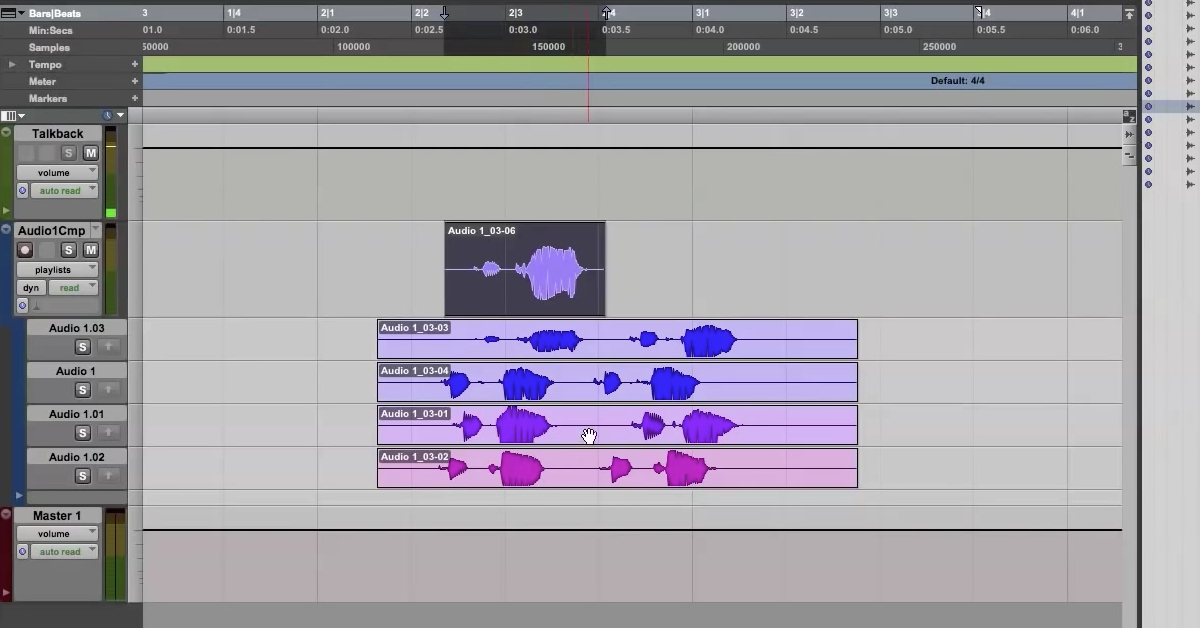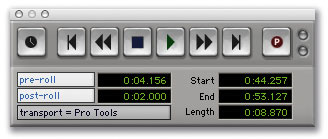
For this video we'll use the D-Verb plugin, which can be found under multichannel plugins -> Reverb -> D-Verb Sending Signal to the Reverb Plugin Place a reverb plugin on the insert of the Reverb aux input track. This is known as our "reverb return track". Pro Tools has automatically created a new bus called 'Reverb', which routes to our new aux input track which is also named 'Reverb'. This allows us to keep our session organized by having all our effects returns on the right side of our mix view. I'll turn off "create next to current track" so the track will be created on the extreme right of our mix view. We'll choose to create a stereo aux input track in samples. This track will be know as the effects return track. This will allow us to create a new aux track to place the reverb or delay plugin on. On the track that you wish to add reverb to, we'll use the snare, left click on an empty send and select new track. We will be adding some reverb and delay to this drum track. In today's session we have a simple drum track. Delays are generally used as creative effects in the mix. Reverbs are used to create a sense of space and to help individual instruments blend together in the mix.

Reverbs and delays are classified as time-based effects and are added to a track using auxiliary sends, also known as aux sends.

In this video tutorial we take a look adding reverb and delays to our Pro Tools session.


 0 kommentar(er)
0 kommentar(er)
